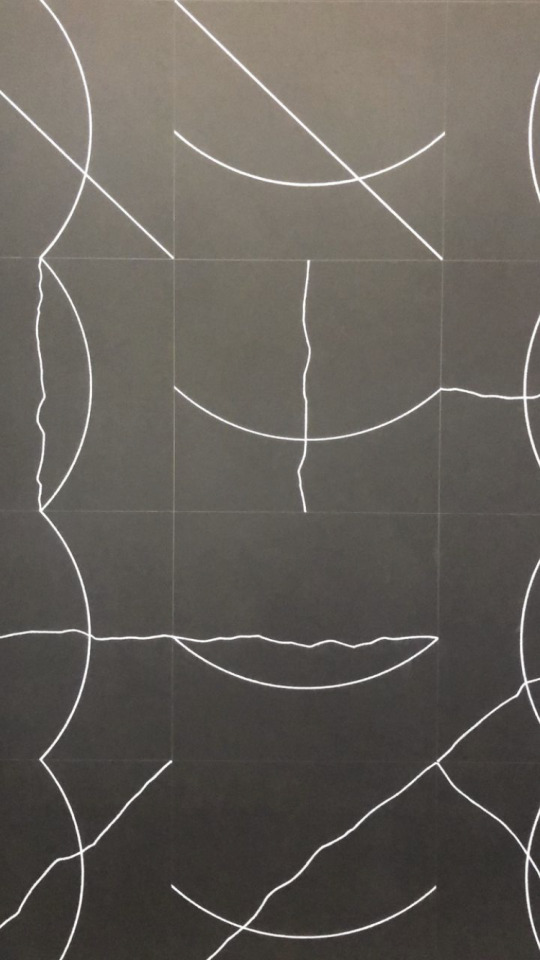#national modern art museum
Text








The National Museum of Contemporary Art (EMST)
#photographers on tumblr#tamurakafkaposts#black and white#travel#art#greece#athens#national modern art museum
59 notes
·
View notes
Text

Women Watching Stars, Ōta Chōu, 1936
#art#art history#Ōta Chōu#Asian art#Japanese art#East Asian art#genre art#astronomy#color on paper#Showa period#Showa era#20th century art#National Museum of Modern Art Tokyo
6K notes
·
View notes
Text
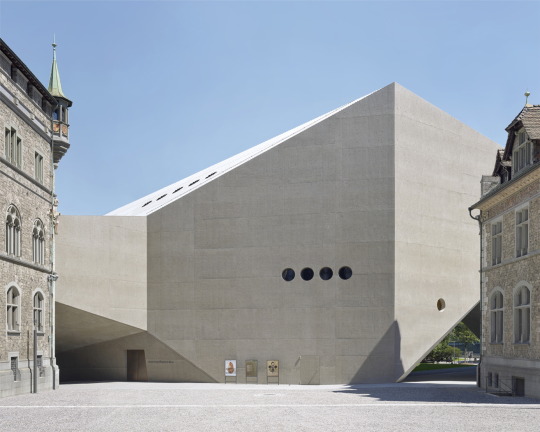
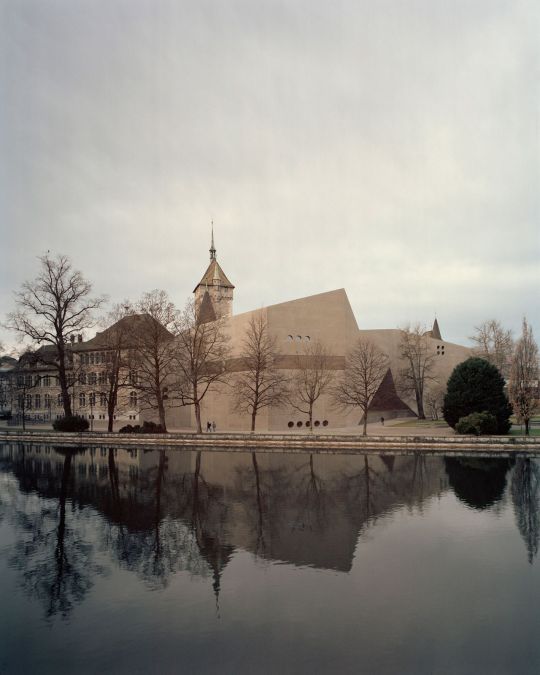


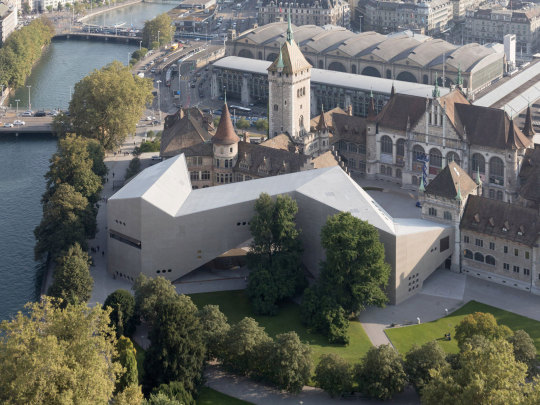
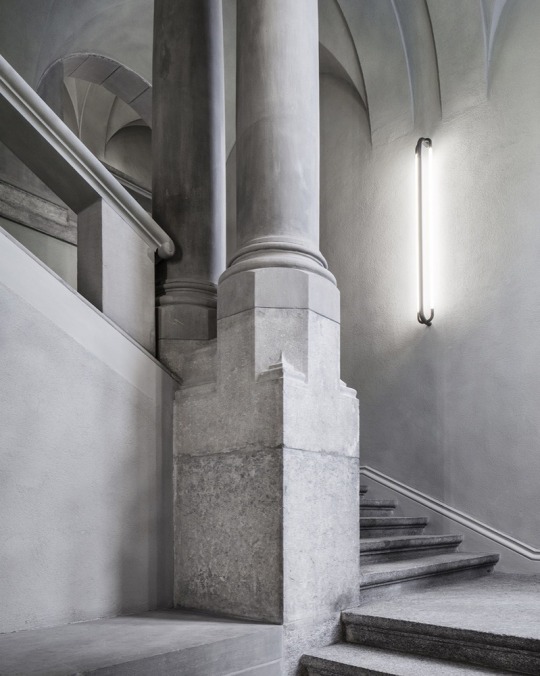

Swiss National Museum, Zurich - Christ & Gantenbein
#Christ & Gantenbein#architecture#design#building#modern architecture#interiors#minimal#concrete#museum#national museum#cultural center#art#history#old and new#extension#brutalist#porthole window#angular#zurich#switzerland
277 notes
·
View notes
Text










It’s Feral Friday!
This week we’re taking a look at Taschen: Oliver Payne & Nick Relph. This beautifully designed exhibition catalog was printed by Busch Druck Medien Verlag (Bielefeld, Deutschlan) and published by Kerber Verlag in New York in 2004. It accompanied the exhibition Oliver Payne & Nick Relph, which was presented by the National Museum of Art (Oslo) and the Musee d'Art Moderne (Paris) the same year. Designed by graphic designer and artist Halvor Bodin, the text was authored by Payne & Relph in collaboration with curator Hans Ulrich Obrist, Andrea Kroknes (Senior Curator of the National Museum), and Sune Nordgren (director of the National Museum at the time).
Oliver Payne & Nick Relph are a British artist duo who internationally exhibited film, video, & installation works from 1999 until 2009. Their practice grappled with themes of cultural identity, subcultures (such as skater, gaming, and DIY cultures), and corporate imperialism. This publication is particularly interesting within the context of our collection because it juxtaposes the design language of Fine Press movement forerunners like the Kelmscott Press with the lo-fi aesthetics of early internet & DIY culture and advertising, bringing the principles of the Arts & Crafts movement into critical conversation with the aesthetic and cultural landscape of our time.
In their early video work Driftwood (a "psycho-geographical tour of London"), Payne & Relph call to 'smash the symbols of the Empire in the name of nothing but the heart's longing for grace.' They demonstrate this ethos by gaming information and cataloging systems through their choice of the title Taschen, the moniker of one of the most ubiquitous and celebrated publishers of art books, thereby hacking their way into in a realm where artists working in new media and experimental art were rarely represented.
--Ana, Special Collections Graduate Intern
View more Feral Friday posts.
View more Fine Press posts.
View more Book Arts posts.
#feral friday#feral fridays#taschen#nick relph#oliver payne#nick relph & oliver payne#uwm special collections#book arts#experimental art#skate punk#alternative subcultures#arts and crafts movement#90s#Hans Ulrich Obrist#Halvor Bodin#Andrea Kroknes#Sune Nordgren#Kerber Verlag#exhibition catalog#National Museum of Art (Oslo)#Musee d'Art Moderne
28 notes
·
View notes
Text
For a belated #InternationalChessDay:

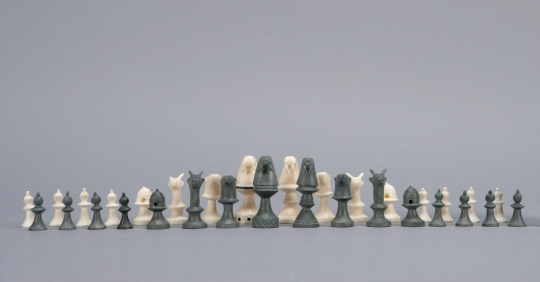
Chess set made by Inuit artist Pacome Qulaut, 1960
slate & walrus tusk
Museum of Anthropology
In each colour there are: 1 large walrus figure w/diamonds around base of pedestal (white piece has inlaid black stone in a band around top of pedestal & at centre of each diamond around base); 1 smaller walrus with bands around base of pedestal; 2 bears; 2 deer; 2 igloos; and 8 birds. All of the figures are at the top of a pedestal base.
#animals in art#Inuit art#Indigenous art#First Nations art#Native American art#Pacome Qulaut#modern art#20th century art#1960s#chess#chess set#game pieces#slate#walrus tusk#ivory#Museum of Anthropology#International Chess Day
193 notes
·
View notes
Text


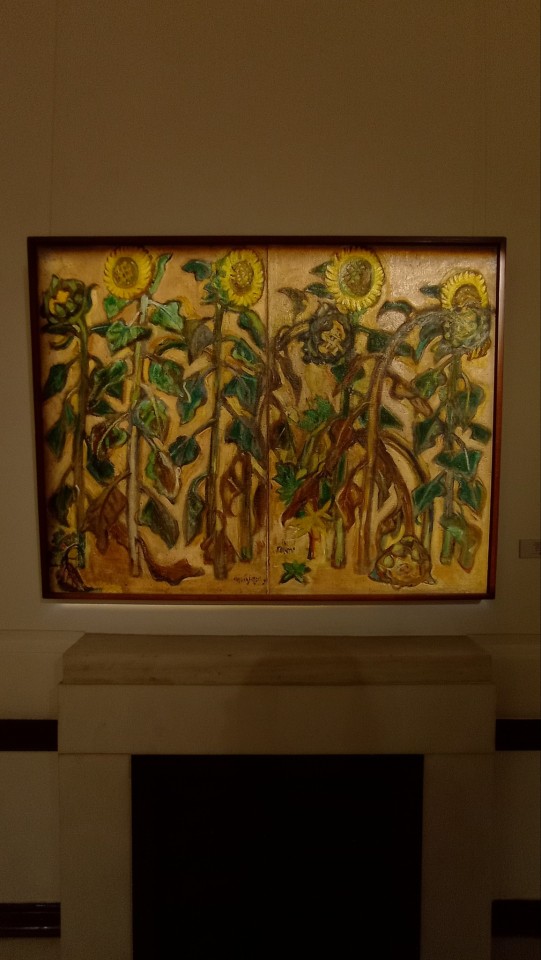

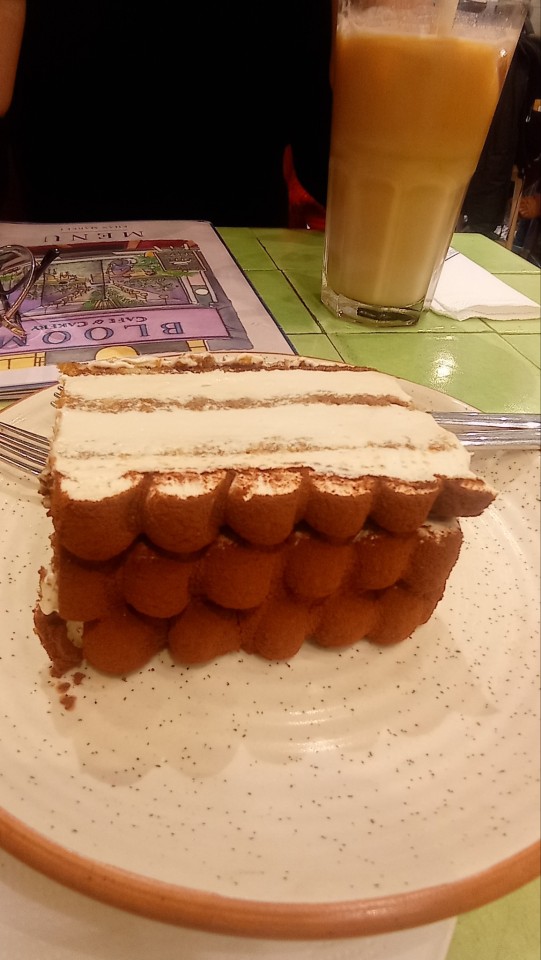
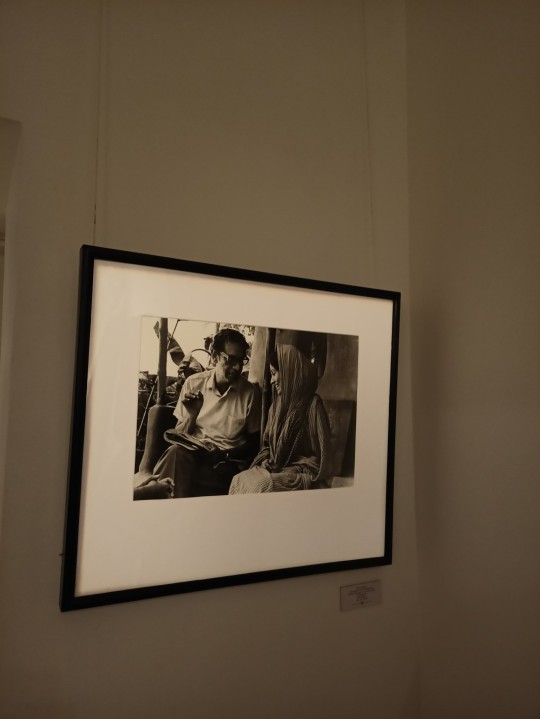


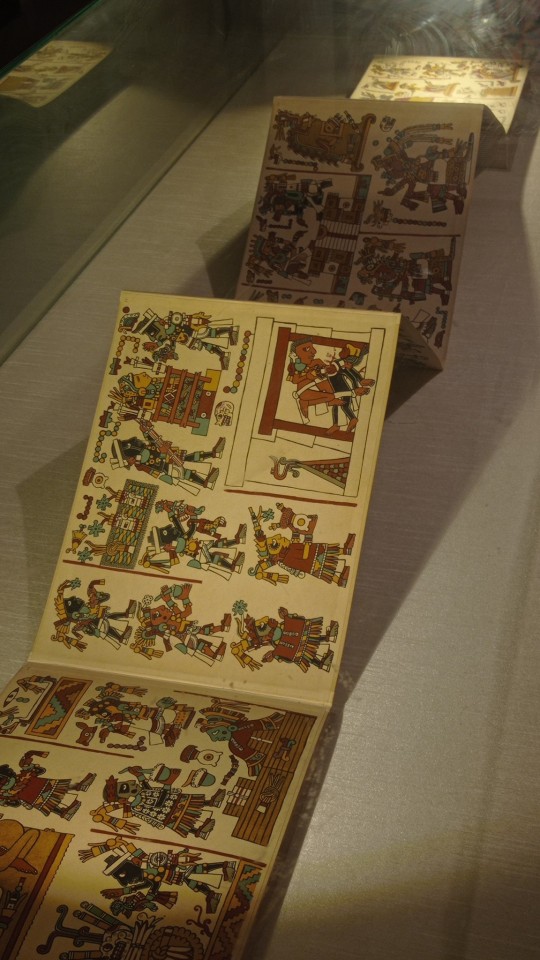
from my gallery (30/12/2023) - museum & cafe date with best friend <3
#national gallery of modern art#new delhi#museums#indian museums#dark academia#dark academia aesthetic#aesthetic#classic academia#classic academia aesthetic#light academia#light acadamia aesthetic#academia#moodboard#nostalgia#desi#being desi#tiramisu#coffee#cappuccino#visual art#graphic art#art history#artwork#art#art museum#chaotic academia#history#gallery#art gallery#mine
96 notes
·
View notes
Photo

Yoshitomo Nara
Harmless Kitty. 1994
#yoshitomo nara#pop art#neoexpressionism#children portraits#modern art#japanese artist#tokyo national museum of modern art
346 notes
·
View notes
Photo
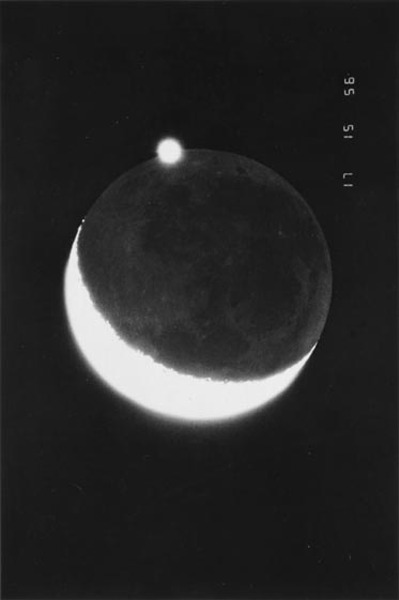
Kikuji Kawada, The Last Eclipse of Venus in Japan 1989 Tokyo from 'The Last Cosmology', (gelatin-silver print), 1989 [The National Museum of Modern Art, Tokyo. © Kikuji Kawada]
(via Voula Saridakis/History of Astronomy)
#astronomy#photography#kikuji kawada#national museum of modern art tokyo#independent administrative institution national museum of art#1980s
407 notes
·
View notes
Text

The Boating Party (1893–1894)
🎨 Mary Cassatt
🏛️ National Gallery of Art, Washington DC
📍 Washington, DC, United States
This bold composition reveals the influence of the flat, patterned surfaces, simplified color, and unusual angles of Japanese prints, which enjoyed a huge vogue in Paris in the late 1800s. The dark figure of the man compresses the picture onto the flat plane of the canvas, and the horizon is pushed to the top, collapsing a sense of distance. Our higher vantage point gives us an oblique view into the boat. Its form is divided into decorative shapes by the intersection of its horizontal supports.
After 1893, Cassatt began to spend many summers on the Mediterranean coast at Antibes. Under its intense sun, she began to experiment with harder, more decorative color. Here, citron and blue carve strong arcs that divide the picture into assertive, almost abstract, shapes. This picture, with its bold geometry and decorative patterning of the surface, positions Cassatt with such post–impressionist painters as Gauguin and Van Gogh.
This painting, one of her most ambitious, was the centerpiece of Cassatt's first solo exhibition in the United States in 1895. Her contacts with wealthy friends in the United States did much to bring avant–garde French painting into this country.
#The Boating Party#Mary Cassatt#1893#1894#oil painting#painting#oil on canvas#The National Museum#Washington#DC#United States#art#artwork#art history#american#American Impressionism#Impressionism#Modern art
16 notes
·
View notes
Text

“School Scene” from the Safavid period. Iran. Created by Sayyid Ali. 1540 CE.
Housed at the Smithsonian National Museum of Asian Art.
#art#culture#history#middle eastern history#early modern history#safavid#persia#persian#iranian art#iran#early modern period#sayyid ali#the smithsonian#national museum of Asian art#museum
7 notes
·
View notes
Text



33 notes
·
View notes
Text

Bonfire Celebrating Midsummer Night, Nikolai Astrup, 1912/1926
#art#art history#Nikolai Astrup#genre painting#landscape#landscape painting#Norway#Scandinavia#night scene#Neo-Romanticism#Modernism#Norwegian art#Scandinavian art#20th century art#oil on paper#National Museum of Art Architecture and Design
675 notes
·
View notes
Text

MIGISHI, Kotaro / 三岸好太郎 (1903- 1934) "Butterflies Flying above Clouds", oil on canvas, 1934
Japanese painter in the yōga style.
The National Museum of Modern Art, Tokyo / 東京国立近代美術館
"According to Migishi, he was inspired to make this painting after an entomologist told him about a butterfly with a habit of flying over the sea..."
#Migishi Kōtarō#MIGISHI Kotaro#三岸好太郎#Butterflies Flying above Clouds#1934#oil on canvas#oil painting#painting#art#japanese artist#yōga style#yōga#The National Museum of Modern Art Tokyo#tokyo#東京国立近代美術館#butterflies#clouds
6 notes
·
View notes
Text


Norval Morrisseau (Bingwi Neyaashi Anishinaabek First Nation, 1931-2007)
Bear Father, Bear Son, 1989
Acrylic on canvas, 121.9 × 91.4 cm (48 × 36 in.)
on display at Museum of Fine Arts, Boston
https://collections.mfa.org/objects/696834/bear-father-bear-son
“Morrisseau once described this painting as ‘Bear Gives Knowledge to Man. Man Gives Knowledge to Son,’ pointing to themes of kinship, teaching, and transformation. Against a symmetrical, yellow background, curved blue lines weave together humans, animals, insects, and orbs. Bodies filled with blocks of color slip into each other, obscuring where one figure begins and the other ends. The bear, related to Anishinaabe cosmologies and family organizational structures, has wide eyes, pointed teeth, and a strong back that supports the other beings. Bears were significant to Morrisseau, having personal connections with them through religious experiences while growing up at Sand Point reserve near Lake Nipigon, Ontario.
Now recognized as the most influential First Nations artist to work in traditional Western painting, Morrisseau invented a style, visualizing Anishinaabe histories and powers of the natural world. His flowing black outlines, swelling circular forms, and vibrant colors have inspired generations of artists.”
#animals in art#20th century art#bear#Indigenous art#First Nations art#Native American art#Canadian art#Norval Morrisseau#Anishinaabe#modern art#1980s#Museum of Fine Arts Boston#museum visit#painting
44 notes
·
View notes
